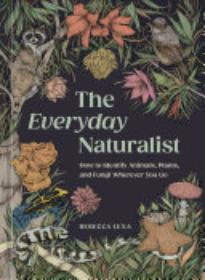2018 School Spending Survey Report
The Everyday Naturalist: How To Identify Animals, Plants, and Fungi Wherever You Go
COPY ISBN
VERDICT A thorough, easy-to-follow guide to wildlife identification techniques for amateur naturalists seeking to better understand and identify the biodiversity around them.
ALREADY A SUBSCRIBER? LOG IN
We are currently offering this content for free. Sign up now to activate your personal profile, where you can save articles for future viewing




Comment Policy:
Comment should not be empty !!!